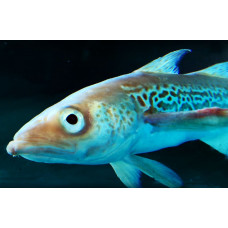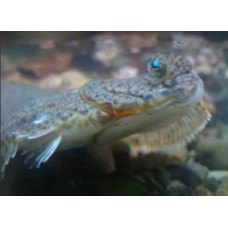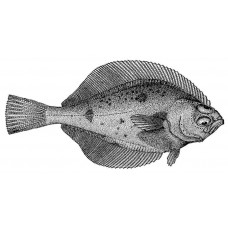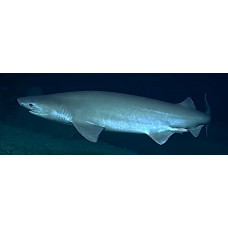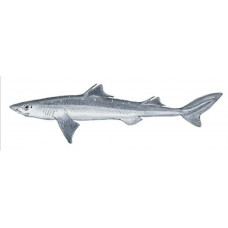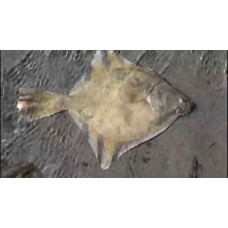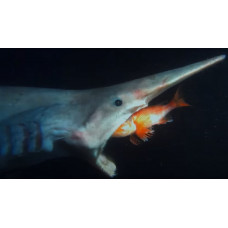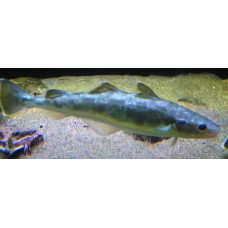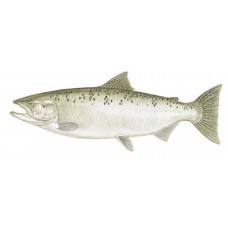Fauna of the Bering Sea
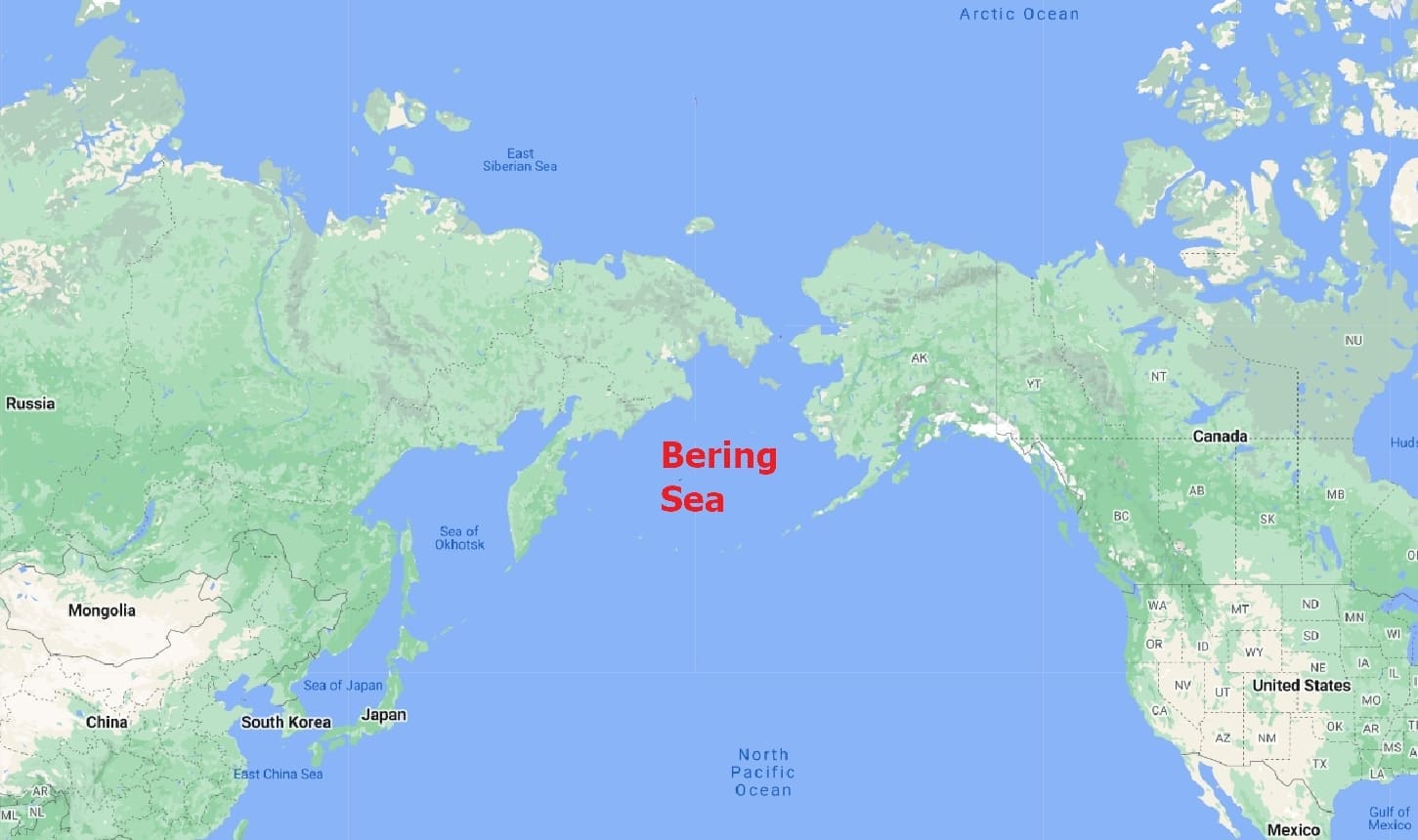
A marginal sea in the North Pacific Ocean, separated from it by the Aleutian and Commander Islands. It is connected to the Chukchi Sea and the Arctic Ocean by the Bering Strait. It separates Eurasia from the Americas.
The distribution of hydrobionts in the sea depends directly on the topography of the seabed. In the Bering Sea there are 402 species of fish from 65 families, including 9 species of Gobiidae, 7 species of Salmonidae, 5 species of Zoarcidae, 4 species of Pleuronectidae and others. Of these, 50 species and 14 families are commercial fish. There are also 4 species of crabs, 4 species of shrimps, 2 species of cephalopods.
Mammals of the Bering Sea
The main marine mammals of the Bering Sea are Pinnipeds: ringed seal, harbour seal, bearded seal, ribbon seal and Pacific walrus. Cetaceans include narwhal, grey whale, bowhead whale, humpback whale, fin whale, North Pacific right whale, sei whale and northern blue whale.
A popular Bering Sea fish
The aquatic world of the Bering Sea is represented by valuable commercial species such as Clupeidae and Gadidae (Alaska pollock, saffron cod, giant grenadier). Pleuronectidae are abundant: starry flounder, American plaice, Bering flounder, yellowfin sole, longhead dab, halibut. Salmonidae: pink salmon, chum salmon, chinook salmon and sockeye salmon.
Sharks in the Berengus Sea
The sea is mainly inhabited by species that are not dangerous to humans: Greenland shark and spiny dogfish. The frilled shark, the goblin shark and the bluntnose sixgill shark can also be seen. Among the dangerous predators, the salmon shark can be singled out, but no cases of its aggression towards humans have been recorded in this sea.
Bering Sea zooplankton
Plankton biomass (annual average) in the Bering Sea epipelagic Copepoda is 55.1%, Chaetognatha - 26.3%, Euphausiacea - 10.8%, jellyfish - 3.2%, Hyperiidea - 2.9%.
Crustaceans of the Bering Sea
Red king crab and shrimp are harvested here in large quantities.
Jellyfish in the Bering Sea
The densest assemblages of Scyphozoa are concentrated in the shelf areas of the northern part of the Bering Sea. Species of the genus Chrysaora and Cyanea capillata dominate. High concentrations of Hydromedusa are found in the deep waters of the western part of the Bering Sea, where jellyfish of the genus Aequorea dominate.
Alaska pollock
Latin nameGadus chalcogrammusOther namesWalleye pollockIdentificationAlaska pollack have very large ..
American plaice
Latin nameHippoglossoides platessoidesOther namesAmerican sole, long rough dab.IdentificationIt has ..
Bering flounder
Latin nameHippoglossoides robustusOther namesHippoglossoides robustusIdentificationThe mouth is larg..
Bluntnose sixgill shark
Latin nameHexanchus griseusOther namesСow sharkIdentificationThe bluntnose sixgill shark has a dense..
Dogfish, Spiny
Latin name Squalus acanthias Other names Dogfish, dog shark, grayfish, Pacific grayfish, Pacific ..
Flounder, Starry
Latin name Platichthys stellatus Other names Flounder, starry, rough jacket, great flounder, cali..
Frilled shark
Latin nameChlamydoselachus anguineusOther namesLizard sharkIdentificationThe frilled shark is named ..
Giant grenadier
Latin nameAlbatrossia pectoralisOther namesGiant rattail, mune dara.IdentificationIt has a massive b..
Goblin shark
Latin nameMitsukurina owstoniOther namesOwston's shark, Mitsukurina owstoniIdentificationThe body is..
Greenland Shark
Latin nameSomniosus microcephalusOther namesGurry shark, grey shark, Somniosus microcephalusIdentifi..
Halibut, Pacific
Latin name Hippoglossus stenolepis Other names Giant halibut, northern halibut, hali (Canada), ba..
Longhead dab
Latin nameLimanda proboscideaOther namesLimanda proboscideaIdentificationThe lateral line forms a hi..
Saffron cod
Latin nameEleginus gracilisOther namesWachna cod, Pacific navaga.IdentificationThe lower jaw is shor..
Salmon shark
Latin nameLamnа ditropisOther namesLamnа ditropisIdentificationThey have a thick spindle-shaped body..
Salmon, Chinook
Latin name Oncorhynchus tshawytscha Other names King salmon, spring salmon, tyee, quinnat, tule, ..

